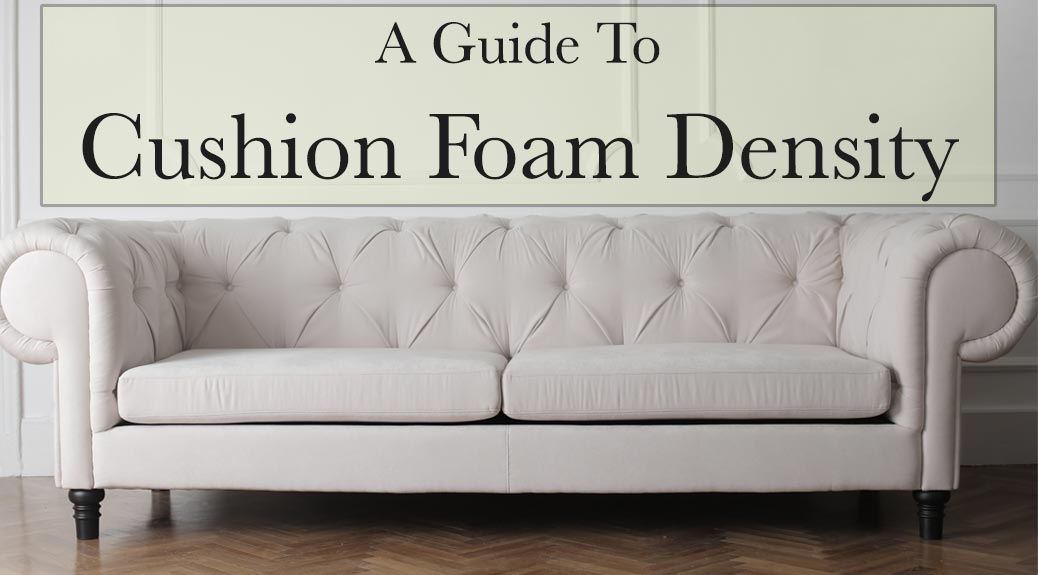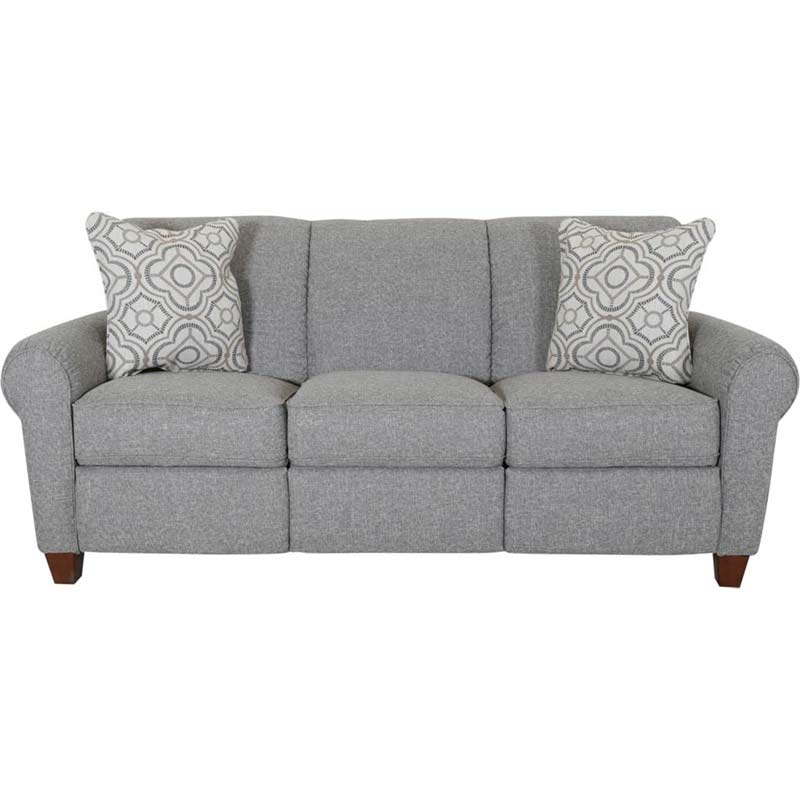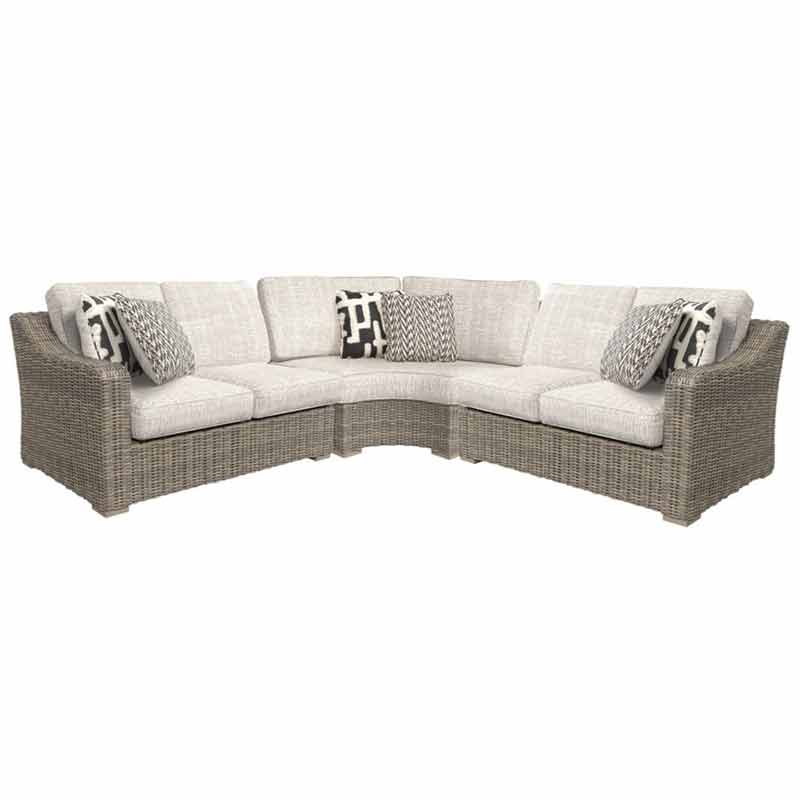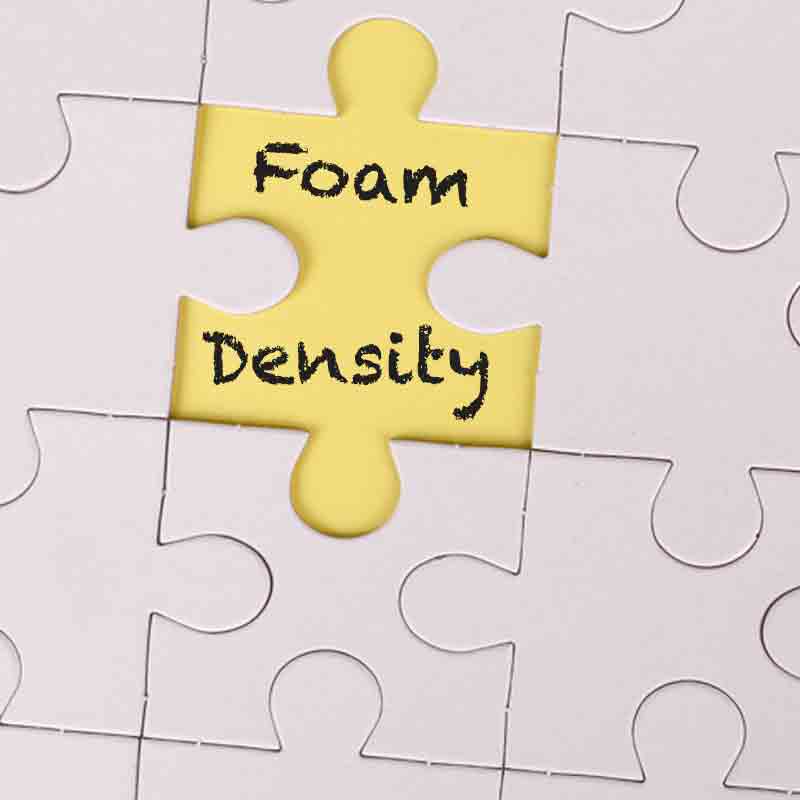Everything You Need to Know About Cushion Foam Density

You’re looking at buying a new couch and notice its foam density is listed as 1.8. You know foam density is supposed to be important, but what does it actually mean? If you just want a quick and easy definition, here you go: density is how much one cubic foot of foam weighs. This would mean that a 1.8 density couch has cushioning that weighs 1.8 pounds per cubic foot. Of course, this doesn’t mean much on the surface. The important thing is what foam density means to you and what to look out for when buying furniture with cushioning. Here are the key things to keep in mind!
Finding Foam Density
Any furniture with cushioning should have its foam density listed somewhere. At Homemakers, you can check a piece’s foam density by looking it up on our website. When you find something you’re interested in, go to that product’s page, find the “specifications” button, and then find “foam density” on the list.
If you’re in our showroom, feel free to ask a salesperson on the floor! You should be able to do the same for any website or physical store that carries furniture.
Dense Foam Built to Last
There are a ton of factors that go into the quality of any piece of furniture. However, high-density foam generally correlates with resilient pieces that will stand the test of time. Why is this? High-density foam weighs more and has fewer air pockets. Because of this, it’s able to withstand greater use over time than its lower-density counterparts. The cushioning on higher-density pieces will also hold its shape better and is less prone to becoming deformed or going flat.

La-Z-Boy Bennett Sofa with Power Incline
Higher Density Isn’t Always Better
A common myth surrounding cushion density is that high-density foam is always a better option than medium or low-density foam. There are situations where higher density foam in a furniture piece is preferable, but lower densities still have a purpose! While high-density foam is generally higher quality and longer-lasting, it isn’t always the most practical.
Buying a piece with lower-density foam makes more sense in quite a few scenarios. For pieces that aren’t used as often, the added cost of high-density foam may not be worth it. A patio sofa likely isn’t seeing the kind of everyday wear and tear that your living room couch is. For renters and first-time homeowners, budget-based pieces with lower density might be the better fit as well.

Ashley Beachcroft 3-Piece Outdoor Sectional
Firmness Is Separate – Somewhat
Your ideal firmness is crucial to comfortable seating. Foam density does have a role to play in how firm your piece is, but it’s not the only determining factor. The best way to figure firmness out is by trying it out for yourself. But if you want to do it with hard numbers, you’re going to need to know what a piece’s compression is.
Compression is the amount of force needed to compress a cubic foot by 25%. This means that a high-density couch could have either high or low compression, resulting in a respectively plush or firm result. Sometimes foam will be rated with a four-digit number. As an example, if you see 2430 rated foam, know that it means it weighs 2.4 pounds per cubic foot (density) with 30 pounds of pressure needed to compress it 25% (compression).
Foam Density Is Just One Piece of the Puzzle

It’s undeniable that foam density is an important component of your furniture, but it shouldn’t be treated as the end-all-be-all factor. Other aspects, like the frame and materials used, also matter tremendously and have almost nothing to do with foam density. Style also influences every purchase decision and is an entirely separate conversation.
It can be easy to get caught up in phrases like “high-density foam”, but it’s good to take a step back and look at the whole picture. Asking questions like “is this comfortable?” and “will this piece complement my home’s style?” are just as important as foam density. Think of it like a movie. It doesn’t matter how good the acting is if the plot and cinematography leave a lot to be desired.
With that said, we hope you now know what’s really behind foam density. While it may not be the best way to determine whether or not a piece is right for you, it does make a difference. With your newfound knowledge, you can make more informed purchase decisions and know what best suits your needs.
Related Articles

Top 5 Recliner Brands


